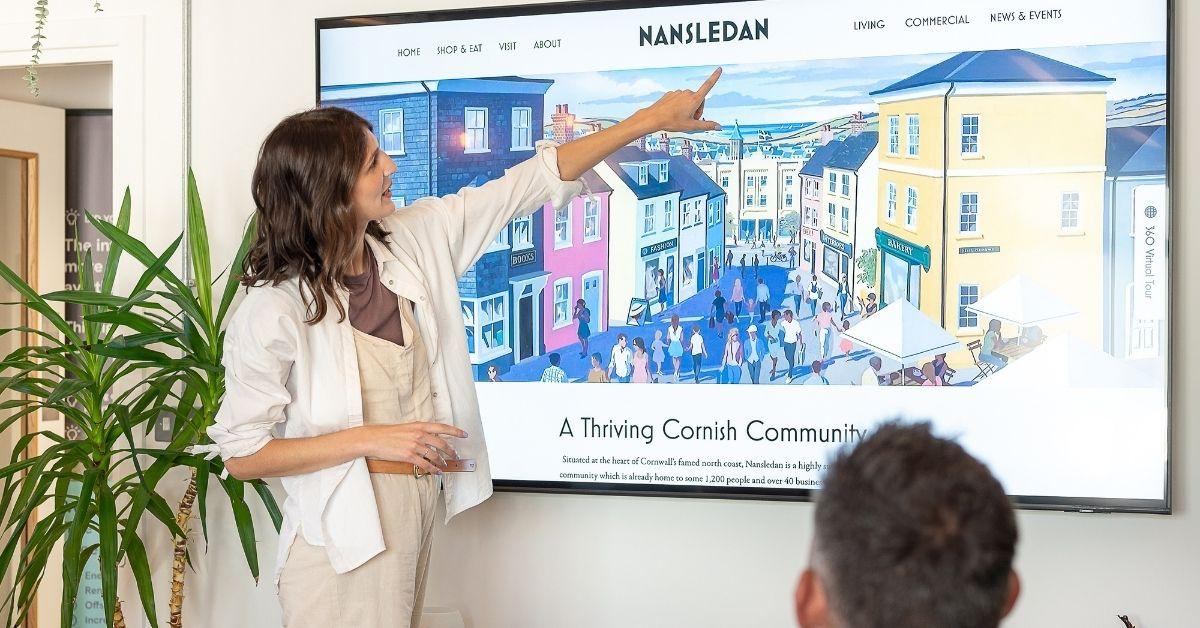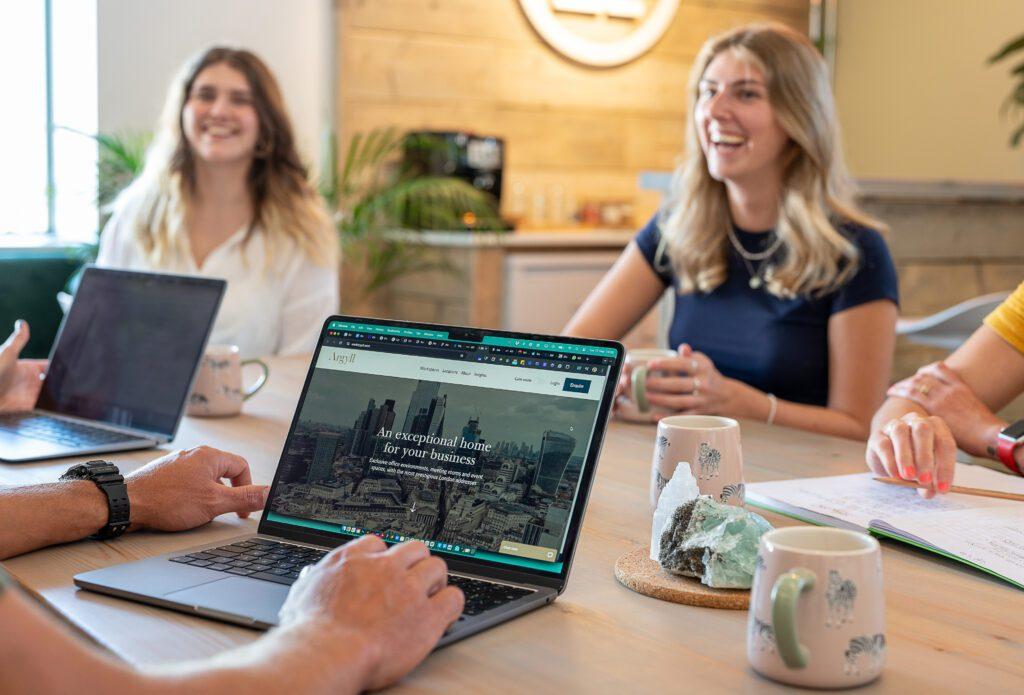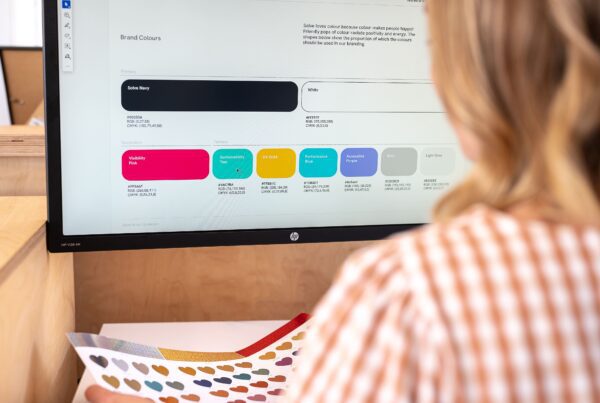
Table of Contents
What is Accessibility in UX Design?
Accessibility in UX design is all about making sure everyone can enjoy and navigate digital experiences, no exceptions. With around 24% of the UK population living with a disability, designing with accessibility in mind isn’t just thoughtful, it’s essential. Think of it as rolling out the welcome mat for users who rely on screen readers, keyboard navigation, and other assistive tech. Great design works for everyone, not just some.
Why is Accessibility important in UX?
Accessible UX isn’t just about meeting legal requirements; it’s about leading with empathy, embracing inclusion, and setting your business up for long-term success. Great UX design puts people at the centre, and accessibility makes sure everyone is part of that experience.
Accessibility VS Usability: Understanding the Difference

Inclusivity & Equal Access
It’s important to note that not everyone perceives or interacts with technology the same way. Building a website that considers accessibility is essential for creating a space that is functional for a wide range of users, without leaving anyone behind.
Enhanced Usability
Improving accessibility on your site helps boost overall usability. Features such as clear navigation, strong contrast, and readable fonts make your website easier for everyone, not just those with disabilities.
Broader Audience & Business Growth
By designing for inclusivity, you open your digital doors to a wider audience and build trust with every user. People with disabilities often become loyal customers of brands that prioritise accessibility, and that loyalty can turn into real growth and new revenue opportunities.
Legal Compliance
In the UK, ignoring accessibility can result in legal consequences, due to laws under the Equality Act. An accessible user experience protects your business while serving more people.
Better User Experience
Accessible design improves user experience by streamlining your website. When things are clear, intuitive, and easy to navigate, people stick around longer, and that means more time for potential customers to explore what you have to offer.
Practical Ways to Make Your Website More Accessible

Use Sufficient Colour Contrast for Text & Backgrounds
Strong colour contrast makes content easier to read for everyone, but it’s especially important for users with visual impairments, such as low vision or colour blindness. The Web Content Accessibility Guidelines (WCAG) recommend a minimum contrast ratio of 4.5:1 for regular text to ensure readability. Good contrast improves overall clarity, reduces eye strain, and enhances the user experience across all devices and lighting conditions.
Enable Full Keyboard Navigation
Clever design understands the importance of keyboard navigation, and ensures a site can be navigated entirely by a keyboard using keys like ‘Tab’, ‘Enter’, and the arrow keys. This is essential for people who use assistive technologies or have motor impairments.
Make sure the tab order follows a logical flow and that all interactive elements have visible focus states, so users always know where they are on the page. It’s a small detail that makes a big difference in usability.
Ensure Compatibility with Screen Readers
Structure matters when it comes to accessibility. Use clear HTML landmarks, properly nested headings, and ARIA labels where needed to help assistive technologies understand and navigate your site. A well-structured page makes it easier for screen readers to interpret content and helps all users find what they’re looking for faster.
Add Alt Text to Images & Videos
This is probably the simplest way to improve accessibility on your site. Ensure content, such as images or videos, always provides clear, concise alt text that describes what the content shows and why it’s there. This helps screen reader users understand the full context of your content.
Write Easy to Understand Content
Clear, plain language makes your content easier to understand for everyone, especially for people with cognitive disabilities or perhaps those reading in a second language. Using simple words and straightforward sentences helps keep readers engaged, and ensures your message gets across loud and clear.
Remember, you’re the expert in your field. As a business owner, it’s your job to communicate clearly and make your information easy to understand for the people searching for answers. The more simple, helpful, and approachable your content is, the more likely people are to trust and choose your brand.
Test Designs with Real Users with Disabilities & Conduct Accessibility Audits
Real feedback is irreplaceable. To stay authentic, take your user research to the next level by testing your website’s accessibility features with real people. This will help iron out any accessibility issues on your site that you might not have noticed otherwise. Ensure accessibility in UX with regular testing and audits.
Cultivating an Accessibility Mindset

Promote Inclusive Design Thinking From the Start
Make accessibility a default part of your design process, not an afterthought. Building with accessibility in mind from the start ensures it’s done thoroughly and thoughtfully. Include diverse perspectives, and design with a variety of needs in mind from the beginning. It’s not just good practice, it leads to better, more inclusive experiences for everyone!
The Importance of Continuous Learning
Accessibility is always evolving, so it’s important to keep learning. Stay up to date with the latest WCAG guidelines, attend webinars, and engage with accessibility communities. The more you stay informed, the more welcoming, inclusive, and future-ready your site will become.
Make Your Website Accessible
Designing for everyone should form the foundation of great design. Accessible websites load faster, rank better, earn trust, and most importantly, make every visitor feel included.
Ready to build a website that works for everyone? Discover how our top-rated web design team can help you create an accessible, high-performing digital experience.





